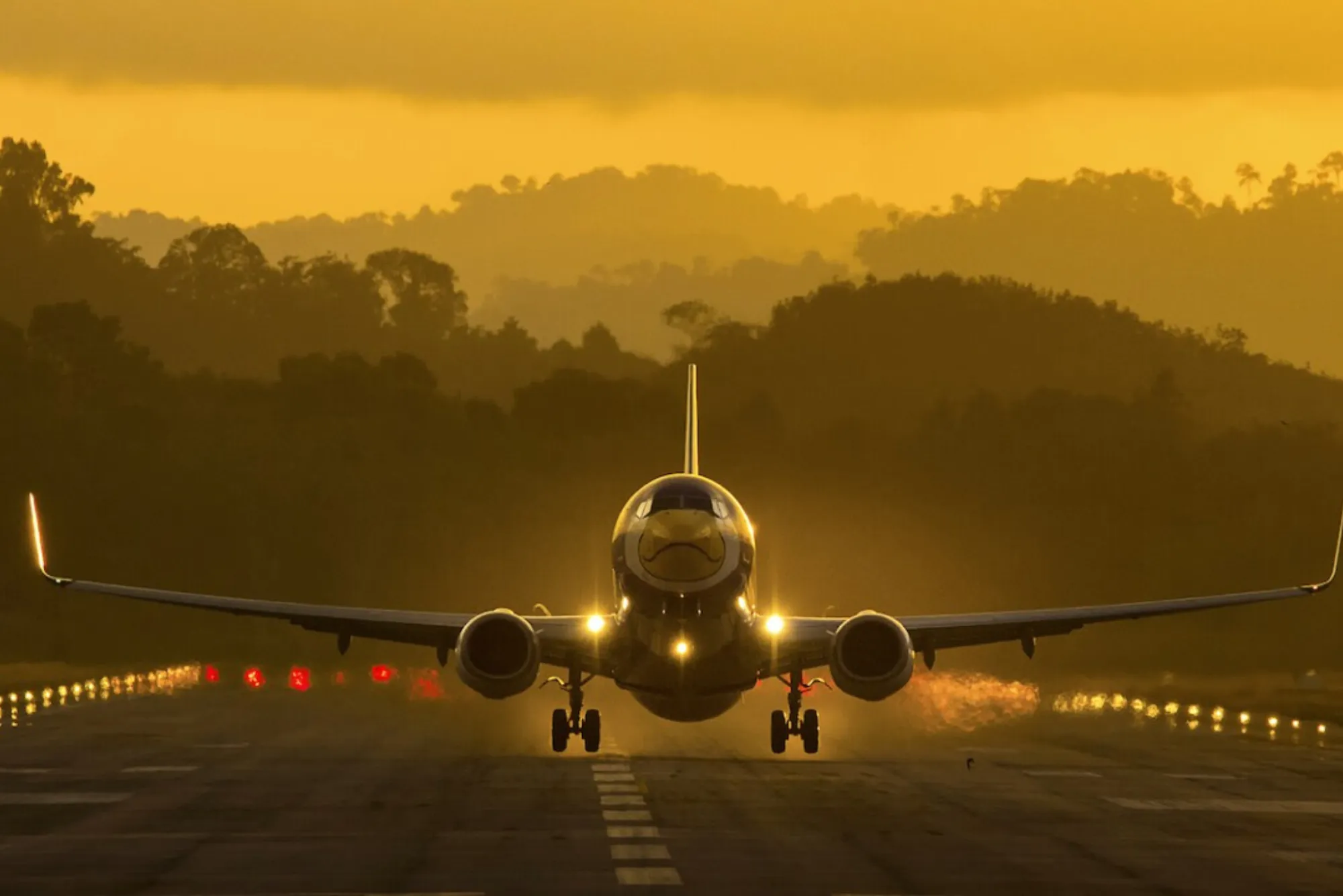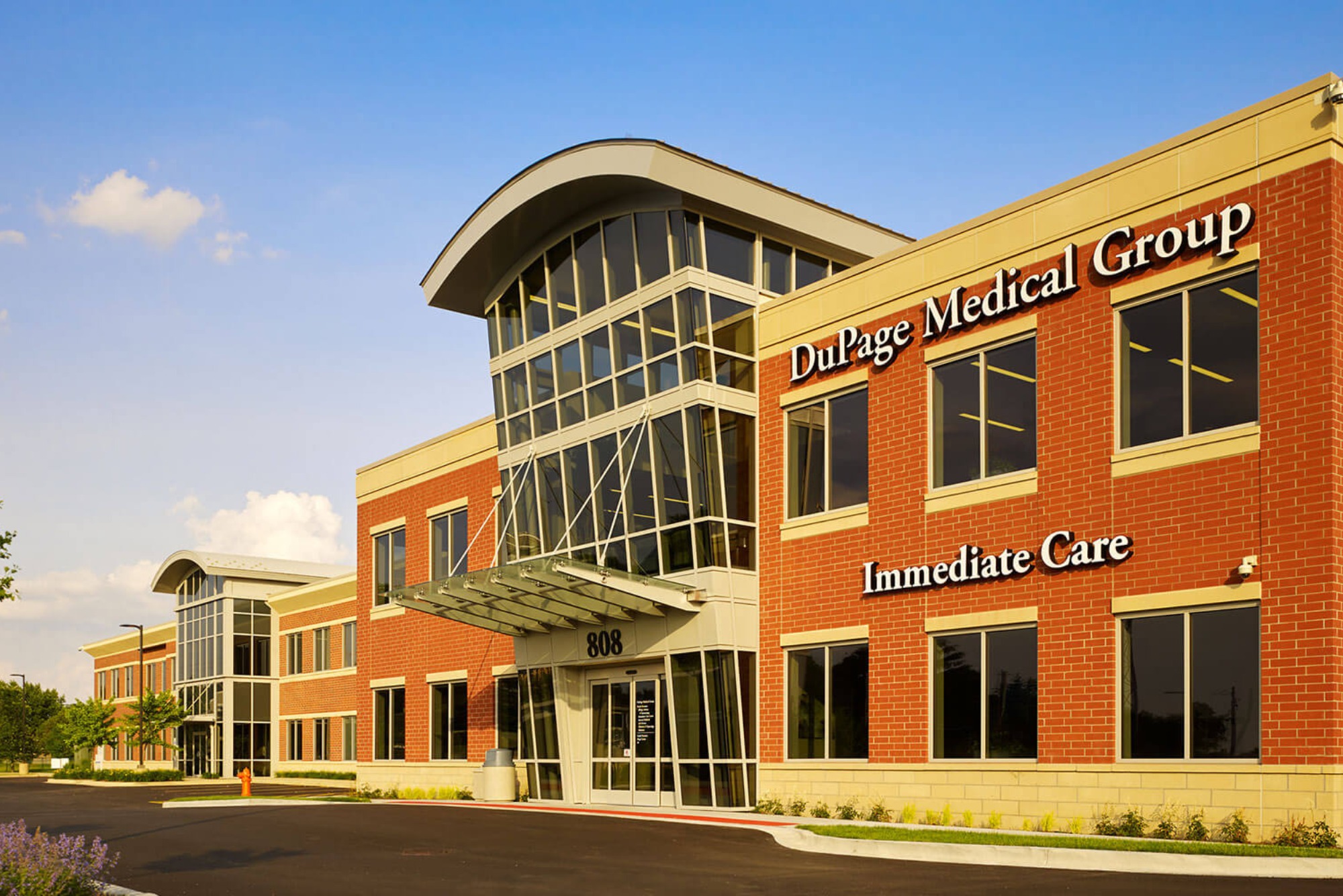Table of Contents
ToggleIs Commercial Air Travel Safe? Exploring Risks & Realities
Commercial air travel has become an indispensable aspect of modern life, facilitating global connectivity and enabling countless journeys every day. However, despite its ubiquity, concerns about safety persist. In this article, we delve into the question How safe is commercial air travel? From statistical analysis to risk factors and safety measures, we aim to provide a comprehensive overview to allay fears and provide clarity.
Understanding Statistical Safety in Air Travel
Statistically speaking, commercial air travel is remarkably safe. According to various aviation safety reports, the probability of being involved in a fatal accident while flying on a commercial airliner is exceedingly low. This is often compared favorably to other modes of transportation, such as driving or even walking.
However, it’s important to acknowledge that statistics alone may not alleviate all concerns. Despite the low likelihood of accidents, the potential consequences of such events can be catastrophic. This highlights the importance of understanding the factors that contribute to aviation safety and the measures in place to mitigate risks.
Factors Affecting Aviation Safety
Multiple factors contribute to the overall safety of commercial air travel. These include:
- Pilot Training and Experience: Highly trained and experienced pilots are fundamental to safe flight operations. Rigorous training programs and ongoing proficiency assessments ensure that pilots are equipped to handle various scenarios and emergencies effectively.
- Aircraft Maintenance and Inspection: Stringent maintenance protocols and regular inspections are crucial for ensuring the airworthiness of aircraft. Maintenance checks, conducted by certified technicians, help identify and rectify any potential issues before they compromise safety.
- Regulatory Oversight: Aviation authorities, such as the Federal Aviation Administration (FAA) in the United States and the European Union Aviation Safety Agency (EASA), enforce strict regulations governing all aspects of commercial air travel. These regulations cover everything from pilot licensing to aircraft design and maintenance standards.
- Technological Advancements: Advances in aviation technology have significantly enhanced safety over the years. From state-of-the-art navigation systems to advanced safety features incorporated into aircraft design, technology continues to play a pivotal role in mitigating risks and improving overall safety.
- Emergency Preparedness: Airlines conduct regular emergency drills and simulations to ensure that both crew members and passengers are adequately prepared to respond to emergencies. This includes procedures for evacuations, medical emergencies, and other contingencies.
While these factors contribute to the overall safety of commercial air travel, it’s essential to recognize that no system is entirely foolproof. Accidents can still occur due to unforeseen circumstances or human error. However, the aviation industry is continuously evolving and implementing measures to enhance safety and minimize risks.
Exploring Cuba Commercial Air Travel to a Vibrant Caribbean Destination
Commercial air travel to Cuba has seen a significant surge in recent years, opening up new opportunities for travelers to explore this vibrant Caribbean island. With the easing of travel restrictions and the introduction of commercial flights, visiting Cuba has become more accessible than ever before. Whether you’re drawn to the rich culture, pristine beaches, or historic landmarks, commercial air travel to Cuba offers a convenient and hassle-free way to experience all that this captivating destination has to offer.
The Future of Commercial Air Travel A Paradigm Shift in Aviation
The future of commercial air travel is poised for groundbreaking advancements, promising unprecedented levels of efficiency, sustainability, and passenger experience. With continuous technological innovation, including developments in electric and autonomous aircraft, alongside the integration of artificial intelligence and advanced materials, the future of commercial air travel holds the potential to revolutionize the way we fly. From supersonic travel to sustainable aviation fuels and personalized passenger services, the future of commercial air travel is characterized by a relentless pursuit of progress and innovation, shaping a dynamic and transformative landscape for the aviation industry.
Commercial Air Travel Safety Statistics Understanding the Remarkable Safety Record
Commercial air travel safety statistics consistently demonstrate the remarkable safety record of this mode of transportation. According to extensive data analysis and reports from aviation authorities worldwide, including the Federal Aviation Administration (FAA) and the International Air Transport Association (IATA), commercial air travel maintains an exceptionally low accident rate.
These statistics, which are continuously monitored and analyzed, provide valuable insights into the industry’s commitment to safety and the effectiveness of rigorous safety protocols. With commercial air travel safety statistics at the forefront of aviation research and analysis, passengers can be assured of the industry’s unwavering dedication to ensuring safe and secure journeys.
Addressing Common Concerns
Despite the statistical evidence supporting the safety of commercial air travel, several common concerns persist among travelers. These include:
- Turbulence: Turbulence is a natural occurrence during flights and is generally not a cause for concern. Modern aircraft are designed to withstand turbulent conditions, and pilots are trained to navigate through them safely. However, severe turbulence can still be unsettling for passengers.
- Engine Failure: While rare, engine failure can occur during a flight. Commercial airliners are equipped with multiple engines, and modern engines are highly reliable. In the event of an engine failure, pilots are trained to execute emergency procedures and safely land the aircraft.
- Terrorism: Despite stringent security measures, concerns about terrorism and hijackings persist among travelers. The aviation industry has implemented robust security protocols to prevent unauthorized access to aircraft and mitigate the risk of terrorist attacks.
- Safety Regulations: Some travelers express concerns about lax safety regulations in certain regions or airlines. However, reputable airlines adhere to stringent safety standards mandated by aviation authorities, regardless of their operating location.
Ensuring Safe Skies
In conclusion, commercial air travel is a remarkably safe mode of transportation, supported by rigorous safety measures, technological advancements, and experienced professionals. While no system is entirely without risk, the aviation industry’s commitment to safety and continuous improvement has resulted in an unprecedented level of safety for passengers worldwide. By understanding the factors that contribute to aviation safety and addressing common concerns, travelers can embark on their journeys with confidence, knowing that their safety remains a top priority in the skies.












